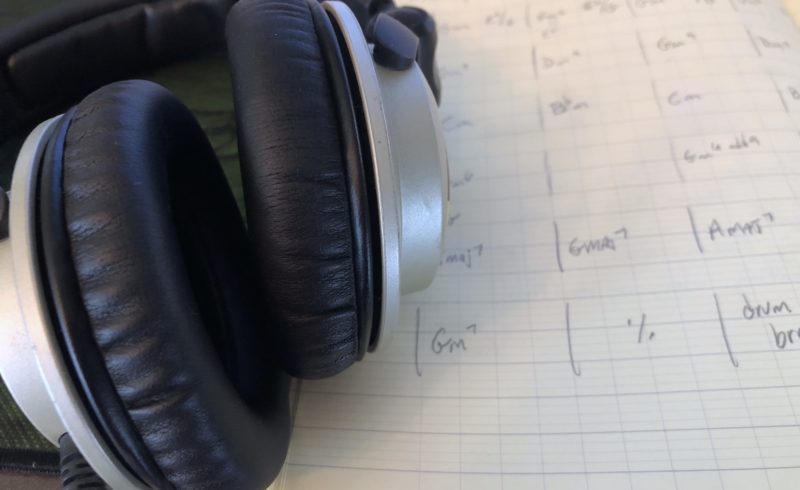
As pretty much everyone knows, Ed Sheeran was found not to have copied “Let’s Get It On” in creating “Thinking Out Loud.” More specifically, the first of several questions on the jury form was, “Did Sheeran establish… that he independently created Thinking Out Loud…?” to which the jury answered yes, and put down their pencils. Other questions were no longer relevant. No copying, no infringement.
But the plaintiffs are appealing, and it’s probably not widely understood that appeals aren’t just another bite at the apple because you disagree with the jury verdict. The appeal focuses on how the case was tried. It questions specific decisions by the court.
The appeal lists the court decisions at issue, and I’ll summarize them, but first, let me adjust the lighting. It is my opinion that Thinking Out Loud shares nothing substantial with Let’s Get It On, and that is why it’s unreasonable to assume Sheeran was even influenced by Let’s, and that if he in fact was, he still employed nothing in Thinking Out Loud that is original to or protectable by Let’s Get It On. And that the only thing standing between Ed Sheeran and victory was the potential for jury confusion.
And since the two works do sound a bit alike, jury confusion could most easily arise from playing the recordings back to back; the plaintiff’s fondest wish in all this I should imagine.
But what really stood in the way of this was the Copyright Act of 1909.
And the appeal begins with the court’s decision back in March 2020 that the sheet music to Let’s Get It On that was registered with the copyright office is the sole definition of what Let’s Get It On can protect by copyright. The Copyright Act of 1909 dictates, for better or worse, that such “deposit copies” define what’s protectable for music recorded prior to 1978. It factored heavily in the Blurred Lines and Stairway To Heaven cases too.
And from that, other dominos fall to the disadvantage of the plaintiffs.
The court decided that the sheet music, therefore, also defines the limits of what could and could not be compared to Thinking Out Loud in musicological arguments. In other words, since nothing on the recording that is not in the deposit copy is protected, you couldn’t talk about it. No mention of basslines, drum patterns, or anything that might confuse the jury about what is and isn’t protected.
The recording itself was inadmissible as evidence of what is on the deposit copy; it would not be played in the courtroom since it might confuse the jury about what was and wasn’t protected. And this is kinda interesting because since the recording presents elements that both are and are not protectable, the court might have left it up to the jury to consider the protectable elements and look past the unprotectable ones. Instead, the court expects the jury would be too easily befuddled, so the recording, which surely conveys more information to the average juror than sheet music can, mustn’t be heard because it will also convey information the jury cannot manage to ignore. So one might ask, who does this most condemn? Is it the jury, tasked with deciding the whole shebang, but evidently easily confused. Or the musicologists, who might cheat or outright lie about what is and is not protectable and relevant?
On March 10, 2023, the court decided that the famous video of Sheeran segueing to Let’s Get It On in concert was admissible. But the court barred a few other things in that same decision, including the plaintiff’s planned performance of the deposit copy. This was interesting too. Obviously, when the court says you can’t play the record, a plaintiff will want to let the jury at least hear what’s on the deposit copy. But the defendants questioned the accuracy of what the plaintiffs planned to perform relative to the deposit copy, and that motion was granted.
While we’re considering all this (charitably, I’d say), we should remind ourselves that by the time this made it to court, several of the most important musical questions had already been decided. Elements were mostly either not similar or not protectable. And none of those decisions are in the appeal, but only the ramifications as to what the plaintiffs could and could not talk about in court.
I expect this appeal to fail. The central theme, to me, is that although the plaintiffs had to concede most of the musicological arguments before trial, they still understandably wanted the opportunity to present as much of it as possible to the jury so that the jury might believe those decisions were wrong, factor in elements they should not, use their own ears, and ultimately get it wrong; in short, the jury’s confusion on which their hopes depended the whole time.